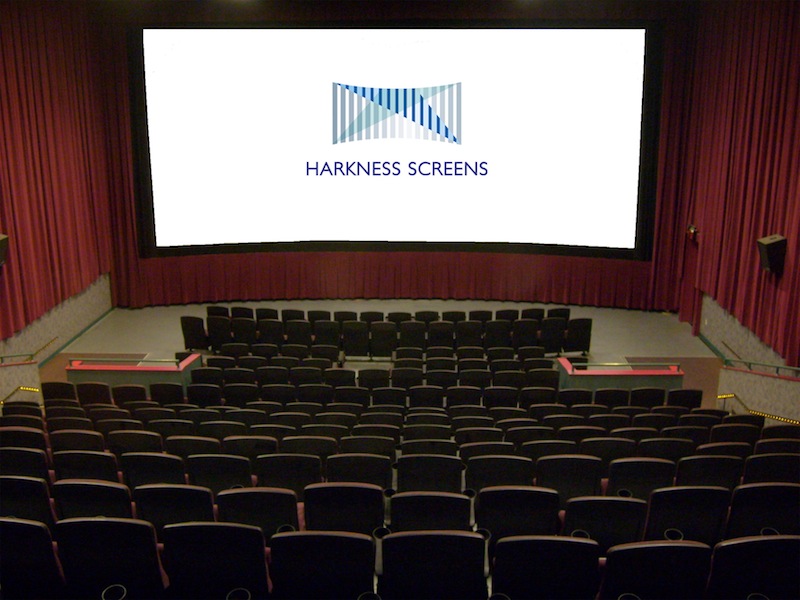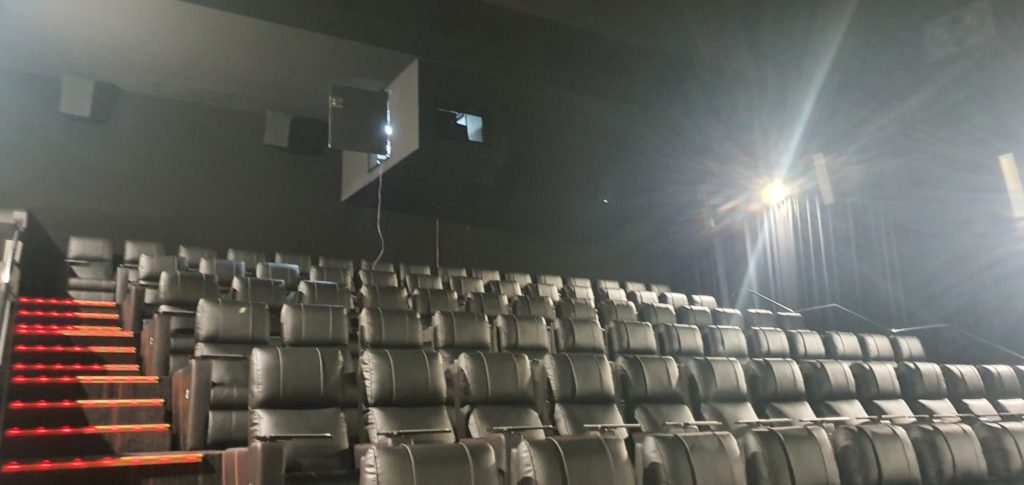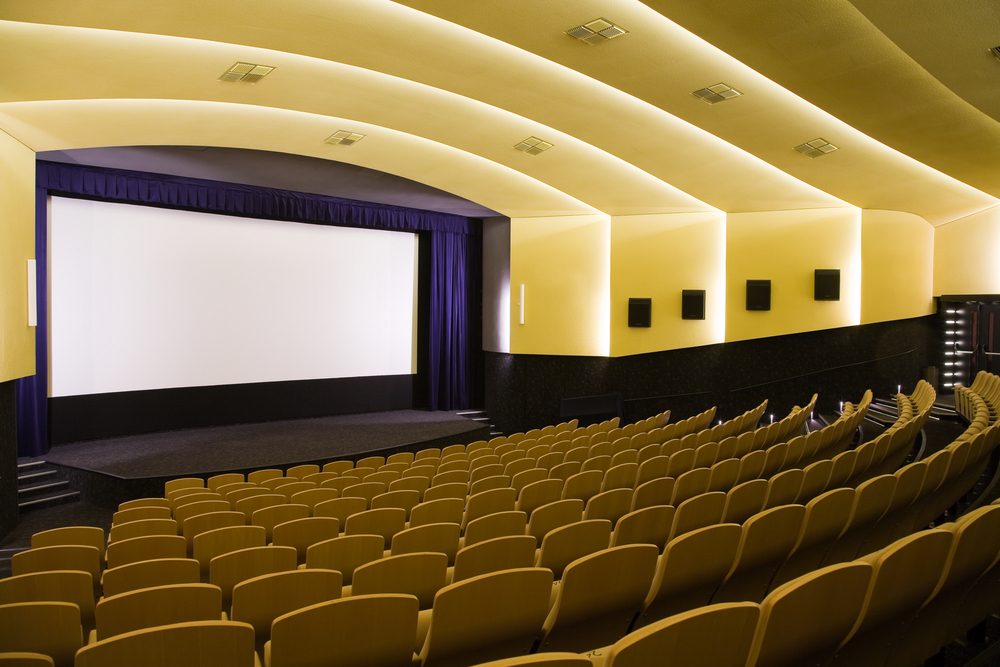There are several factors involved in being in the cinema business. There are location, demography and target audiences. Then there’s the physical quality of your venue. If you are having any doubts if your current set up is already the best you can do, read on to know more which cinema screen surface should you use.
 The expression ‘the silver screen’ usually conjures up images of classic black and white movies. The term originates from the coating that was applied to the screen at that time, which contained particles of reflective silver. This type of cinema screen coating reflected the most light and gave the sharpest picture quality, as the light from projectors was very dim.
The expression ‘the silver screen’ usually conjures up images of classic black and white movies. The term originates from the coating that was applied to the screen at that time, which contained particles of reflective silver. This type of cinema screen coating reflected the most light and gave the sharpest picture quality, as the light from projectors was very dim.
But silver screen surfaces are still used in today’s cinema, particularly for 3D movies, where it brings the pictures to life with amazing clarity. Silver screens also handle normal 2D movies well.
But they’re not the only screen type. Perlux® and Pearl screen surfaces are reliable and durable, with a proven track record for delivering outstanding results. These pearlized, white cinema screen surfaces offer the highest contrast, brightest images and have the widest range of viewing angles. Perlux® screen surfaces also have the advantage of appearing to be completely seamless, which adds to the audiences’ cinema experience.
White and matte cinema screen surfaces are the most economical choice of the screen surface. They still offer superb results with high contrast, bright colours and wide viewing angles – but at a cheaper price.
Matte white and pearl screens can become dirty, which has a negative impact on picture quality for your paying audience, but they can be cleaned by professionals. A word of warning: never attempt to clean your cinema screens yourself, as the surface coating is extremely delicate and can be easily damaged.
Mini and micro-perforated cinema screen surfaces have been created and developed with acoustic performance in mind, while simultaneously minimising any loss of light. For more intimate viewings, when seats are within 16 feet of the screen, mini perforated screens are the best choice, with literally tens of thousands of mini perforations (less than .025” diameter) which allow sound to pass through the screen, from the speaker behind. In standard cinema layouts, with the seating located further back, the best option is the micro-perforated screen (holes 0.40” diameter).
Outdoor events call for an entirely different kind of screen: an outdoor inflatable air screen. These can be set up quickly in parks and other locations, including lakes. They are great for concerts and festivals.
There are many different types of cinema screens available. To determine which one is best for your cinema, consider getting professional advice from a company that is also able to install the screens for you.


